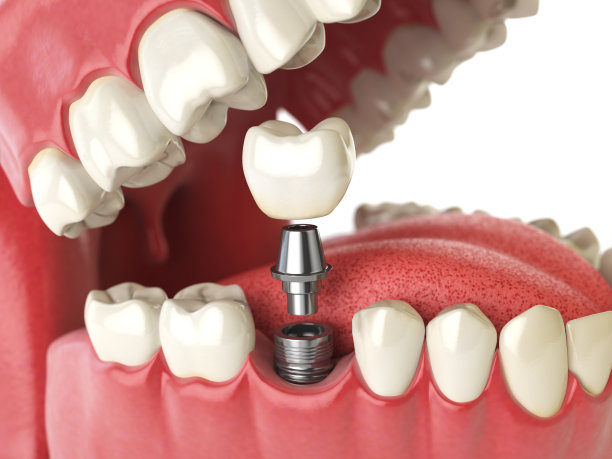Essential Guidelines and Precautions to Observe Before Undergoing Dental Filling Procedures for Optimal Oral Health
Summary: Dental filling procedures are an essential part of maintaining optimal oral health by addressing cavities and decay. However, before undergoing such treatments, several guidelines and precautions should be observed to ensure a smooth and successful experience. This article explores the vital considerations, including selecting a qualified dentist, understanding the types of materials used, preparing adequately for the procedure, and post-treatment care. By following these essential guidelines, patients can enhance their dental health outcomes and minimize potential complications, ensuring a healthier and brighter smile for years to come.
1. Choose a Qualified Dental Professional

Choosing the right dentist is crucial when planning for a dental filling. A qualified dental professional not only possesses the necessary skills but also ensures that the procedure is performed safely and effectively. Researching credentials and reading patient reviews can provide valuable insights into the dentists competence.
Additionally, dont hesitate to ask your dentist questions regarding their experience with dental fillings. Understanding their approach and technique can help build your confidence in their abilities. Many dental clinics offer consultations that allow you to assess the dentists knowledge and eqpoonent.
Finally, consider whether the dentist practices in a setting that adheres to appropriate health and safety regulations. A clean, well-maintained office can significantly reduce the risk of infections and complications during your dental treatment.
2. Understand the Filling Materials Available
Acquainting yourself with the various dental filling materials is vital for making an informed choice. Common materials include amalgam, composite resin, and porcelain, each having distinct advantages and disadvantages. Understanding these materials can aid in discussing options with your dentist.
For instance, amalgam is known for its durability and cost-effectiveness, making it suitable for back teeth that endure significant chewing pressure. In contrast, composite resins offer aesthetic benefits, as they can be matched to the natural color of your teeth, making them ideal for visible areas.
Furthermore, your dentist can explain the latest advancements in materials, such as glass ionomer and resin ionomer fillings, which provide unique benefits like fluoride release, aiding in further cavity prevention. Assess your options based on your cavitys location, your aesthetic preferences, and your budgetary constraints.
3. Prepare for the Filling Procedure
Preparation before your dental filling procedure can significantly affect your comfort and the overall experience. Communicating any allergies or medical conditions to your dentist is paramount. This information ensures that they can use the safest materials and techniques specific to your health needs.
Next, follow any pre-procedure instructions provided by your dentist. This may include fasting or avoiding certain medications, which can help minimize complications during treatment. Being well-prepared reduces anxiety and contributes to a smoother process.
Lastly, consider arranging transportation for yourself after the procedure, especially if sedation or anesthesia is used. Having a friend or family member accompany you can streamline the post-treatment experience and ensure your comfort during the journey home.
4. Follow Post-Treatment Care Guidelines
Caring for your dental fillings after the procedure is crucial for ensuring long-term success. First, adhere to any specific post-treatment instructions given by your dentist, which may include dietary restrictions and guidance on oral hygiene practices. Avoiding certain foods, especially hard or chewy items, can protect your newly placed fillings.
Additionally, be mindful of any discomfort or sensitivity that may occur after the procedure. Mild pain is normal but should gradually subside. If discomfort persists or increases, contact your dentist to rule out complications.
Regular dental check-ups are also essential in maintaining your fillings and oral health overall. Monitoring the integrity of your fillings during routine visits can help detect issues early and prolong the lifespan of your dental work.
Summary:
In conclusion, undergoing dental filling procedures is a significant step towards achieving optimal oral health, and adhering to essential guidelines enhances the overall experience. By selecting a qualified professional, understanding materials, preparing adequately, and following care instructions, patients can maximize the benefits of their dental treatments. This thorough approach can contribute to a significantly healthier smile.
This article is compiled by Vickong Dental and the content is for reference only.


